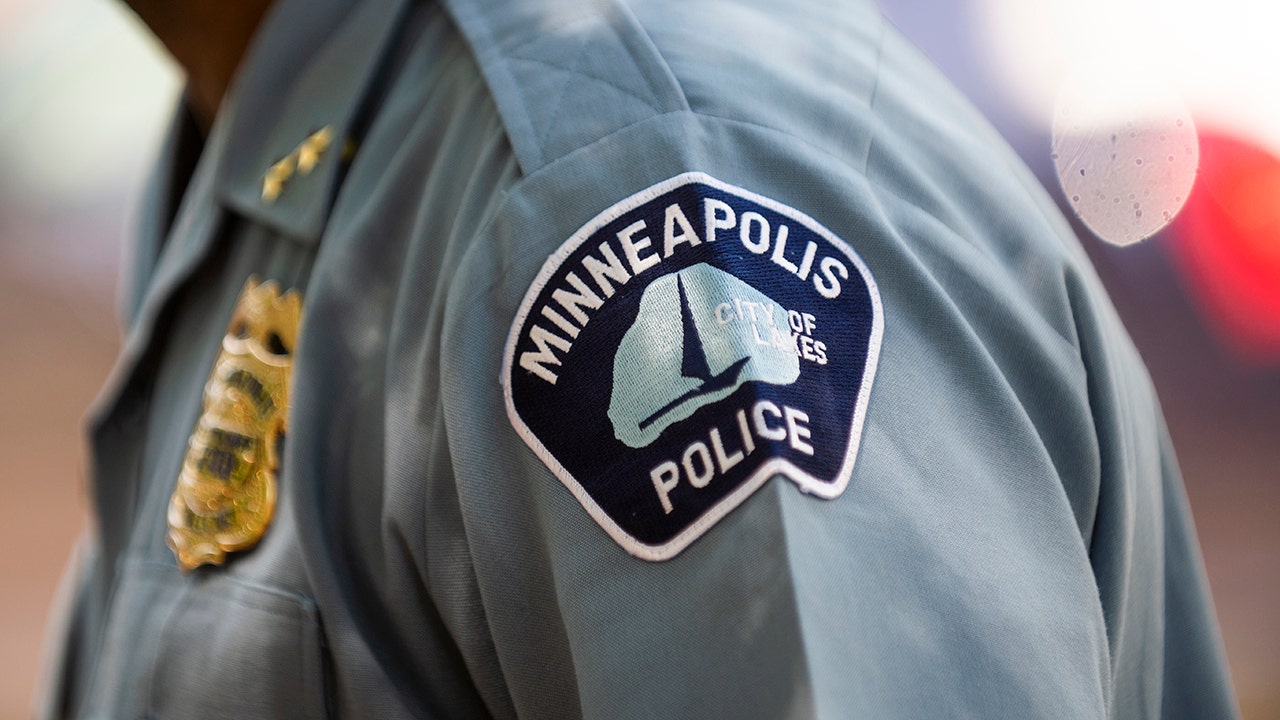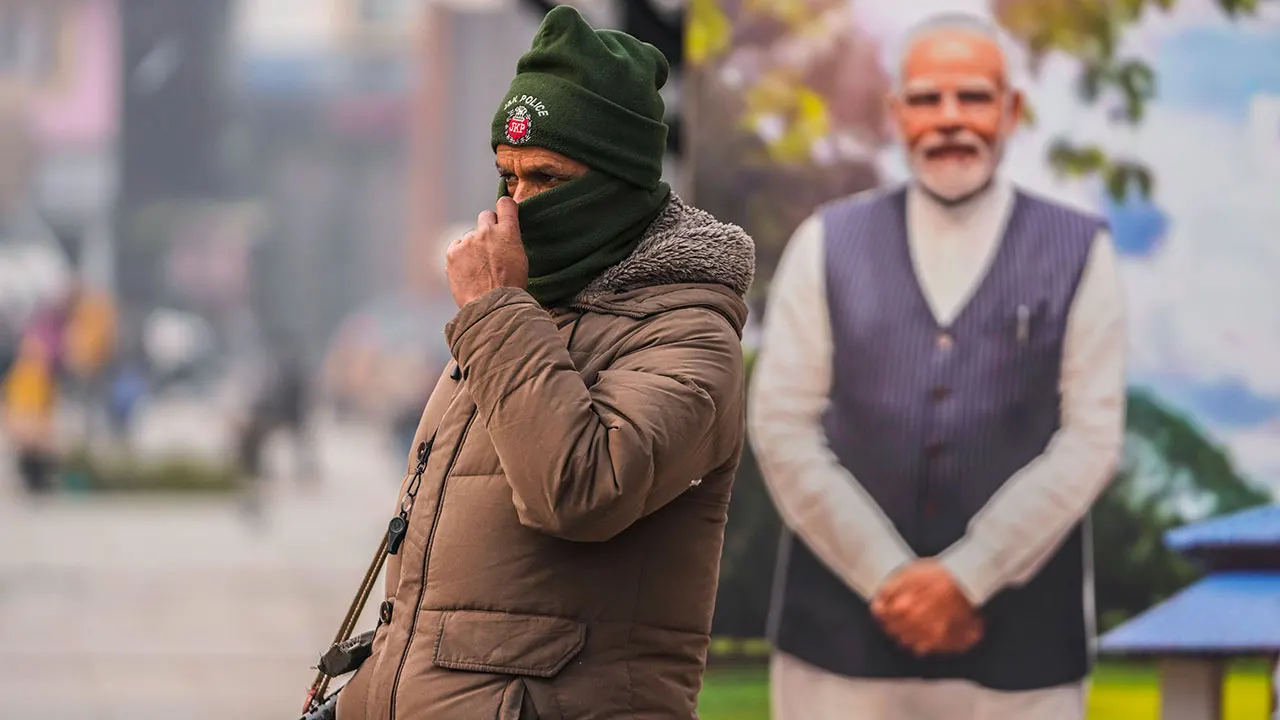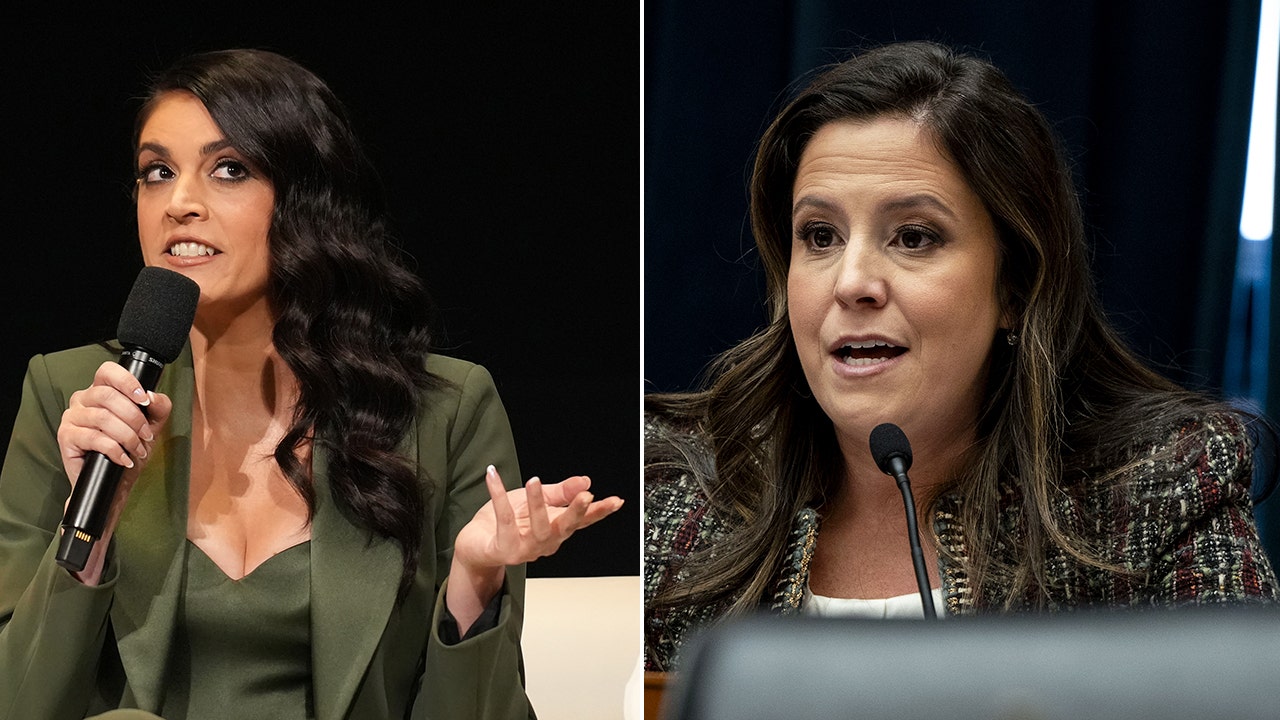Follow live updates on the Trump administration.
As he finished lunch in the private dining room outside the Oval Office on April 1, President Trump floated an astounding proposal: What if the government simply canceled every dollar of the nearly $9 billion promised to Harvard University?
The administration’s campaign to expunge “woke” ideology from college campuses had already forced Columbia University to strike a deal. Now, the White House was eyeing the nation’s oldest and wealthiest university.
“What if we never pay them?” Mr. Trump casually asked, according to a person familiar with the conversation, who spoke on the condition of anonymity to describe the private discussion. “Wouldn’t that be cool?”
The moment underscored the aggressive, ad hoc approach continuing to shape one of the new administration’s most consequential policies.
Mr. Trump and his top aides are exerting control of huge sums of federal research money to shift the ideological tilt of the higher education system, which they see as hostile to conservatives and intent on perpetuating liberalism.
Their effort was energized by the campus protests against Israel’s response to the October 2023 terrorist attack by Hamas, demonstrations during which Jewish students were sometimes harassed. Soon after taking office, Mr. Trump opened the Task Force to Combat Antisemitism, which is scrutinizing leading universities for potential civil rights violations and serving as an entry point to pressure schools to reassess their policies.
It is backed by the influence of Stephen Miller, who is Mr. Trump’s deputy chief of staff for policy and the architect of much of the president’s domestic agenda.
The opaque process is upending campuses nationwide, leaving elite institutions, long accustomed to operating with relative freedom from Washington, reeling from a blunt-force political attack that is at the leading edge of a bigger cultural battle.
The task force includes about 20 administration officials, most of whom the government has not publicly identified, citing potential security risks. They meet each week inside a rotating list of federal agency headquarters in Washington to discuss reports of discrimination on college campuses, review grants to universities and write up discoveries and recommendations for Mr. Trump.
On a parallel track, a few powerful aides in the West Wing, including Mr. Miller, have separately moved to stymie funding for major institutions without formally going through the task force.
These aides have spoken privately of toppling a high-profile university to signal their seriousness, said two people familiar with the conversations. And they have already partially suspended research funding for more than twice as many schools as has the task force, according to those familiar with their work.
This account of the inner workings of the higher education pressure campaign is based on interviews with more than two dozen senior administration officials, university leaders and outside advisers for both sides. Many spoke on the condition of anonymity to discuss private conversations or because they feared retribution against their campuses.
The White House scored an early win with Columbia’s capitulation last month to a list of demands that included tightening disciplinary policies and installing new oversight of the university’s Middle Eastern, South Asian and African Studies Department.
Since then, the Trump administration expanded its focus to six more of the nation’s most exclusive universities, including Harvard.
By the time Mr. Trump privately discussed stopping all payments to Harvard, the task force had opened a funding review. The administration soon demanded that the university impose bans on masking, cease admission policies based on race and “commit to full cooperation” with the Department of Homeland Security, which enforces immigration policies. If not, Harvard risks losing public funds, among other penalties.
Harvard’s president, Alan M. Garber, has said nothing publicly about the government’s demands but wrote in a recent open letter that the university would engage with task force members “to ensure that they have a full account of the work we have done and the actions we will take going forward to combat antisemitism.”
The scope of the administration’s campaign is poised to widen. The Education Department has warned 60 universities that they could face repercussions from pending investigations into accusations of antisemitism.
The push comes as public confidence in higher education has plummeted in the past decade, according to a Gallup poll in July. The decline was driven mostly by concerns of colleges pushing political agendas, not teaching relevant skills, and the costs, the survey showed.
Still, university leaders have been stunned by the swift assault, with no clear sense of how the Trump administration chooses its targets, on what basis it is formulating penalties, or how to push back. Many see the effort as a widespread attack on academic freedom aimed at crushing the influence of higher education.
“I’ve never seen this degree of government intrusion, encroachment into academic decision-making — nothing like this,” said Lee C. Bollinger, who spent 21 years as Columbia’s president and more than five years leading the University of Michigan.
For their part, Trump administration officials and their allies say they are trying to hold accountable a system that each year receives about $60 billion in federal research funds while educating about 15 million undergraduates.
“We’re not looking to just file lawsuits — we want to compel a cultural change in how Jewish Americans are treated on college campuses,” Attorney General Pam Bondi, a member of the task force, said in an interview.
But the effort has gone beyond addressing antisemitism, with schools targeted for diversity programs and supporting transgender athletes. In the view of some of Mr. Trump’s closest advisers and key donors, leftists have seized control of America’s most powerful institutions, including pillars of higher education, and wresting back power is key to the future of Western civilization.
“The universities seem all powerful and they have acted as if they were all powerful, and we’re finally revealing that we can hit that where it hurts,” Christopher F. Rufo, a conservative activist who has championed the strategy, said in an interview.
‘Vanquish the Radicals’
During last year’s presidential campaign, Mr. Trump looked out from his rally stages and described a nation he viewed as rampant with discrimination against conservatives.
And for him, nowhere was political injustice as pervasive as on college campuses run by “Marxist maniacs and lunatics.”
Weeks after opening his third presidential bid, Mr. Trump had announced a “free speech policy initiative,” promising to strip federal research dollars and student loan support from universities involved in what he generalized as “censorship activities or election interferences.”
Six months later, he complained about “racial discrimination” in higher education, suggesting universities were increasingly hostile to white students. He vowed to open civil rights investigations into schools that promoted diversity, and he doubled down on those threats when the Supreme Court rejected affirmative action in college admissions.
At the same time, Mr. Miller, the longtime Trump adviser, was working on similar issues at America First Legal, the nonprofit he started during the Biden administration. The group has sued New York University and Northwestern University, accusing them of discriminating against white men.
Mr. Trump turned more forcefully to combating antisemitism as a political rallying cry after Oct. 7, 2023, when Hamas militants led an attack that killed more than 1,200 people in Israel in what was the deadliest day for Jews since the Holocaust. War in Gaza followed, and so did months of protests, particularly among pro-Palestinian students on college campuses. Thousands were arrested as they occupied presidents’ offices, harassed Jewish students, erected makeshift encampments and disrupted graduation ceremonies.
From the campaign trail, Mr. Trump cast the protests in personal terms, claiming that “raging lunatics” were demonstrating on campuses to distract from immigration issues central to his campaign.
“To every college president,” Mr. Trump said at a rally in Waukesha, Wis., “vanquish the radicals and take back our campuses for all of the normal students.”
The task force to combat antisemitism was announced on Feb. 1, with the stated goal to “eradicate antisemitic harassment in schools and on college campuses.” The exact metrics to measure that progress remain unclear.
The administration has declined to identify all members of the group, but its titular head is Leo Terrell, the senior counsel in the Justice Department’s civil rights division. A fixture on social media and Fox News’s “Hannity” show, Mr. Terrell is a Trump favorite.
The public face of the task force has largely been Linda McMahon, the education secretary. Other identified members include Josh Gruenbaum, a top official at the General Services Administration, and Sean Keveney, the acting general counsel at the health department.
Coordinated through the Justice Department’s civil rights division, the task force also includes officials from the Equal Employment Opportunity Commission. The commission is investigating “dozens” of antisemitism complaints on college campuses that could become part of the task force’s investigation, according to two task force members. The group also includes data specialists, civil rights lawyers and former academics in the government.
In February, task force members announced a special focus on 10 universities: Columbia; George Washington University; Harvard; Johns Hopkins University; N.Y.U.; Northwestern; the University of California, Berkeley; the University of California, Los Angeles; the University of Minnesota; and the University of Southern California.
The task force said it planned to visit each school and hold meetings with administrators, students, local law enforcement officials and community members.
By going after Columbia and Harvard early, the task force set the tone.
The goal, one senior administration official said, was to make examples of elite schools to intimidate other universities.
The White House also zeroed in on another five schools — Brown University, Cornell University, Northwestern, the University of Pennsylvania and Princeton University, according to people familiar with the process.
All have had millions in federal funding suspended, threatening projects, laboratories and jobs, and upending a multigenerational pact between the government and universities. Since around World War II, colleges have been at the heart of the American research system.
The amount of research funding that has been targeted at each university has varied widely, and there have been few indications of how officials are landing on specific dollar amounts.
One task force member said the figures were determined as part of the group’s deliberations, which weighed the volume of grants and contracts promised to a school, the disparities in disciplinary policies, and the institution’s willingness to adopt changes and progress toward those goals.
Ultimately, the group recommends to Mr. Trump whether the government should cut funding, as it did before canceling contracts with Columbia last month, according to people familiar with the process.
In that case, the task force notified the school on March 3 that it was reviewing grants. Four days later, on March 7, it cited Columbia’s “continued failure to end the persistent harassment of Jewish students” and canceled $400 million in contracts and grants.
Ms. McMahon delivered the news in person that day to Katrina Armstrong, who has since left her post as Columbia’s interim president. Soon after, Ms. McMahon said, leaders of schools such as Harvard and Yale scheduled meetings with her.
“They wanted to make sure we knew they were reviewing their policies,” Ms. McMahon said in an interview. “The presidents that I’ve spoken to have been very cordial, but very sincere in their effort to make sure that they were doing everything that they needed on their campus to protect students.”
A Scramble to Respond
Some universities got wind that their institutions were under scrutiny only when stop-work orders for federally funded research trickled in. On one campus, a faculty member heard from a government program officer that a cut to research money was imminent — a warning that sent campus leaders scrambling.
J. Larry Jameson, Penn’s president, said last month that the university learned “through various news outlets” that the Trump administration was suspending about $175 million for research projects. Brown’s provost sent a memo about “troubling rumors” shortly before White House officials said, with little fanfare, that the administration planned to stop $510 million in funding.
After The Daily Caller, a conservative media outlet, reported that $210 million in research funding to Princeton was suspended, the university’s president, Christopher L. Eisgruber, wrote in a campus email that “the full rationale for this action is not yet clear.” When The New York Times asked the White House for comment, a spokeswoman replied with a link to a Daily Caller reporter’s social media post and only three words: “This is accurate.”
Some school administrators have said that murkiness has complicated considerations of court challenges.
They are left feeling in the dark, one university official said.
Mr. Eisgruber wrote in The Atlantic last month that the Trump administration’s moves against Columbia were creating “the greatest threat to American universities since the Red Scare of the 1950s.”
“There is a pattern here of intrusions in academic freedom of strong universities that should be of concern to every American,” he said in an interview on “The Daily,” a podcast from The Times.
In the scramble for self-defense, some university leaders have reached out to Jewish activists to push back on what they view as the administration’s overly broad definition of antisemitism.
Other schools have focused on outreach to Mr. Trump through his allies. Harvard hired as a lobbyist Brian Ballard, a former Trump campaign finance chairman whose firm once employed Susie Wiles, Mr. Trump’s chief of staff, and Ms. Bondi, the attorney general. Dartmouth installed a former chief counsel at the Republican National Committee as the college’s top lawyer.
But it is unclear how much these connections will help. The key staff members on the issue inside the West Wing are Mr. Miller; Vince Haley, the head of the domestic policy council; and May Mailman, senior policy strategist — all three of whom are seen as hard-line culture warriors resistant to lobbying.
Seeking Generational Change
In the long run, the goal of Mr. Trump and his allies is to permanently disrupt the elite world of higher education.
“We want to set them back a generation or two,” Mr. Rufo said.
The administration’s zeal has flummoxed even some close Trump allies concerned that the pressure campaign could set a troubling precedent for future administrations that, for example, decide to “eradicate” sexism from college campuses or bigots from the faculty. Who gets to decide which people fall into what category and when?
Inside the White House, such worries are dismissed. That kind of thinking held back the first Trump administration, officials said. They are not concerned about what the political left might do in the future, they said, but instead are focused on setting in motion long-term change.















